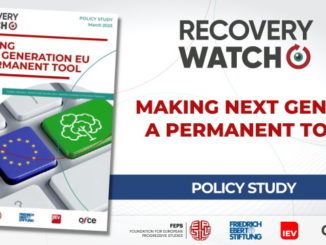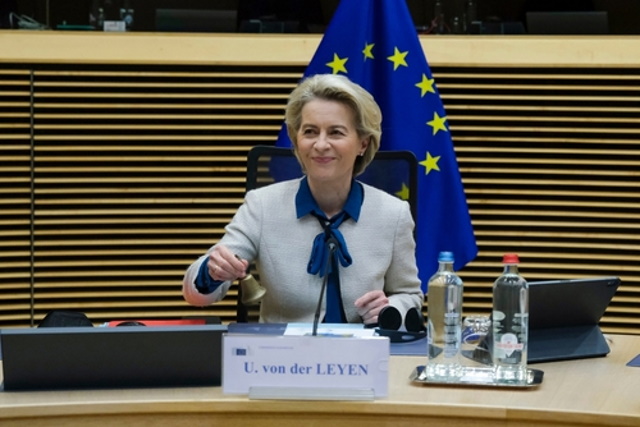
Inequality and macroeconomic models
By Stéphane Auray and Aurélien Eyquem “All models are wrong, some are useful.” This quote from George Box has often been used to justify the […]

By Stéphane Auray and Aurélien Eyquem “All models are wrong, some are useful.” This quote from George Box has often been used to justify the […]

Frédéric Allemand, Jérôme Creel, Nicolas Leron, Sandrine Levasseur and Francesco Saraceno The Next Generation EU (NGEU) instrument was created during the pandemic to finance the recovery and, above all, to […]

By Christophe Blot In March 2022, the US central bank began tightening monetary policy in response to rapidly rising inflation. Since then, the target rate […]

Jérôme Creel and Fabien Labondance The collapse of Silicon Valley Bank (SVB) has rekindled concern about the solidity of the US banking system and, via […]

By Hervé Péléraux With the latest national accounts published on 22 December 2022 showing a 0.3% fall in GDP in Q3 of 2022, following a […]

By Christophe Blot For the first time since June 2021, inflation, as measured by the Harmonised Index of Consumer Prices (HICP), has fallen in the […]

By Raul Sampognaro The invasion of Ukraine launched by Russia on 24 February 2022[1] dealt a major shock to the European economy, which was already […]

By Elliot Aurissergues The year 2022 was marked by a sharp inflationary surge in the United States and the euro zone. At the end of […]

By Céline Antonin This topic was the subject of a conference entitled “Sanctioning a country’s economy – A solution?” on 16 November 2022 as part […]

By Jérôme Creel In its communication of 9 November 2022, the European Commission outlined the contours of the new European fiscal framework that should, in […]
Copyright © 2025 | WordPress Theme by MH Themes